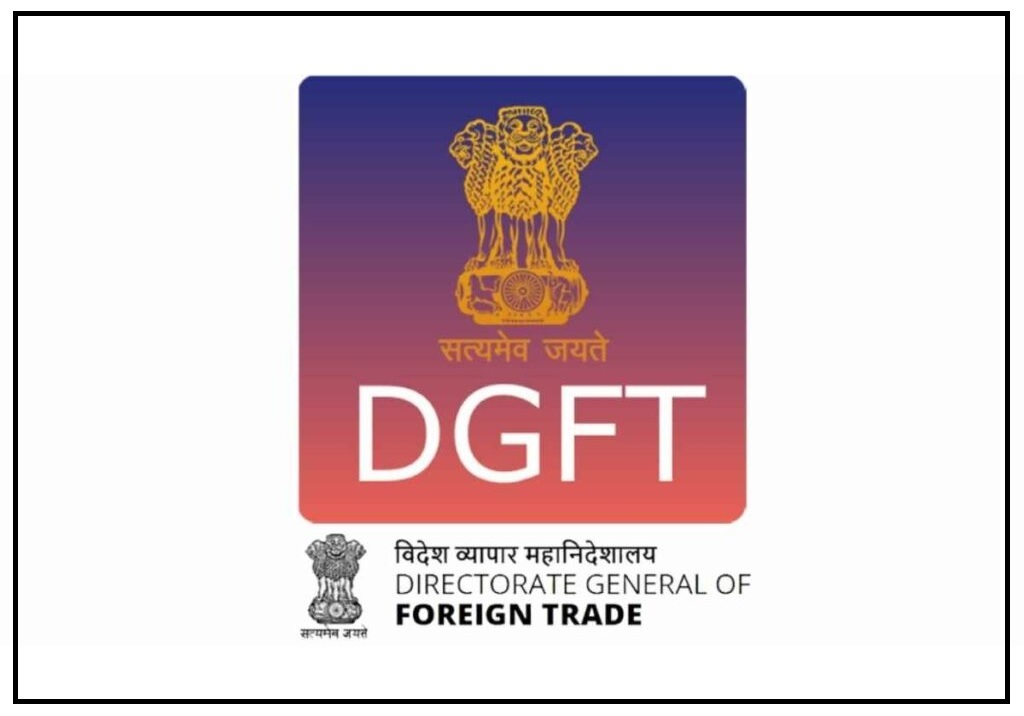
Relief to producers and exporters: DGFT eases Export Promotion Capital Goods Scheme
NEW DELHI : The Directorate General of Foreign Trade ( DGFT ) has introduced a series of significant amendments to the Export Promotion Capital Goods ( EPCG ) Scheme, as per Public Notice No. 15 dated 25th July 2024.
This initiative is touted as a major stride towards enhancing the Ease of Doing Business in India, aligning with the government’s ongoing commitment to foster a more business-friendly environment.
While these reforms promise streamlined processes and reduced costs for exporters, a critical examination is essential to unravel the potential challenges and broader implications.
Key Changes and Their Implications
The revised EPCG Scheme includes provisions such as an extended period for submitting Installation Certificates for imported capital goods and a simplified, reduced composition fee structure for extending the Export Obligation ( EO ) period. These modifications are aimed at reducing the administrative burden on businesses, thereby allowing exporters to focus more on production and export activities.
However, the efficacy of these changes in genuinely alleviating the pressures faced by exporters remains to be seen. The extension for submitting Installation Certificates, while beneficial in theory, might not fully address the deeper systemic issues that businesses encounter. Many exporters face bureaucratic delays and inconsistent interpretations of compliance requirements, which these reforms might not entirely resolve.
Automated Processes: A Double-Edged Sword
DGFT’s push towards automation and minimal human intervention is another cornerstone of the new reforms. The move towards automated rule-based processes is intended to streamline compliance and speed up service delivery. This shift is part of a broader strategy initiated with the new Foreign Trade Policy announced in April 2023, which aims to modernize trade facilitation systems.
While automation can indeed enhance efficiency and reduce corruption by limiting discretionary powers, it also raises concerns. Small and medium-sized enterprises ( SMEs ) may struggle to adapt to new automated systems, particularly those lacking robust technological infrastructure. Moreover, an over-reliance on automation might lead to inflexibility in handling unique or complex cases that require nuanced human judgment.
The introduction of a uniform composition fee for PRC decisions regarding Export Obligation extensions and the regularization of exports is designed to simplify the fee structure and make it more predictable. Yet, a one-size-fits-all approach could potentially overlook the diverse needs and capacities of different exporters. Smaller exporters might find even the reduced fees burdensome, and uniformity could inadvertently disadvantage them compared to larger, more resourceful entities.
DGFT’s reforms are undoubtedly a step towards reducing the procedural complexities that have long plagued Indian exporters. By cutting down on manual intervention and promoting automation, the DGFT aims to create a more transparent and efficient system. However, the success of these reforms will largely depend on their implementation and the ability of exporters, particularly SMEs, to adapt to new processes.
Critics argue that while these changes are welcome, they do not address some of the more entrenched issues within the trade facilitation framework. Structural reforms, enhanced support for SMEs, and continued engagement with exporters to fine-tune these initiatives will be crucial to ensure that the intended benefits are fully realised.
As India aims to boost its manufacturing competitiveness on the global stage, the DGFT’s efforts to modernise and simplify trade processes are a positive development. However, a vigilant approach to monitoring the impact of these reforms and making necessary adjustments will be key to achieving the desired outcomes.

